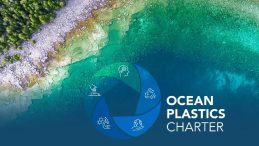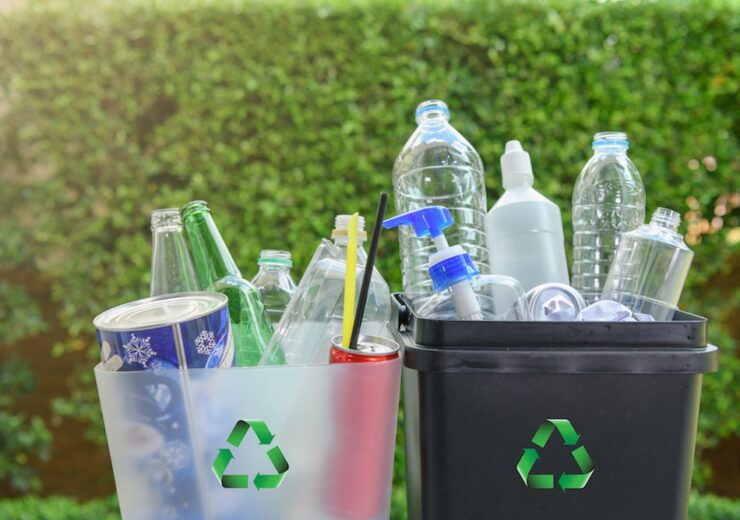
Image from NS Packaging
We live in a world that’s telling us to be greener, to care for the environment and to do our bit. Often, we hear that one of the best ways we can play as an individual is by recycling. Just to clarify, recycling is the process of turning waste materials into new materials. By recycling we are keeping these waste materials out of our landfills which can have detrimental impacts on our environment. Landfill waste (aka our trash) can end up in our oceans leaving debris that is harmful to habitats, threatens marine life, and transports chemical pollutants. Of all our trash, plastic trash has the greatest potential to harm the environment, wildlife and humans. So, let’s keep our plastics out of landfill and get recycling! But why is the information around what seems like such a simple task so unclear?
A global assessment regarding recycling and sustainability labelling on plastic packaging has found only 17% of assessed labels give consumers quality information, allowing them to make informed decisions when purchasing. Isn’t that crazy? As consumers we are told to recycle but the information on the products we buy is lacking this crucial information. How do we navigate this world of recycling? I’m going to be honest, it’s not easy as they make it out to be and it’s going to take some effort on your part.
Let’s start with what’s meant to be a simple concept, the recycling symbol. I’m sure you are all familiar with the 3 arrows that form a triangle, however even this iconic insignia can be misleading. When we see a number encased in these three arrows, what we are actually looking at is a resin coding system produced by the Society of the Plastics Industry. This system allows for plastics to be grouped easily, not whether the product is recyclable. It is simply indicating the type of resins used within the plastic.
Plastic is the blanket term covering different types of plastics that we see every day; from water bottles to plastic bags, they are all made differently. Plastic resins are the main base of all plastics. However, through different processes these resins can be transformed to fit specific needs. Resin codes (or SPI codes) are used by recycling plants to identify the plastic resin from which the product is made. Thus, when sorting plastic containers, the properties of the individual resin can be maintained and then manufacturers can reuse the material. If you’re interested in what the different numbers represent, look here. So next time you see the recycling triangles make sure to take a closer look. If there’s a number in the triangle then it’s an SPI code, which does not indicate that the product is recyclable or is recycled locally.
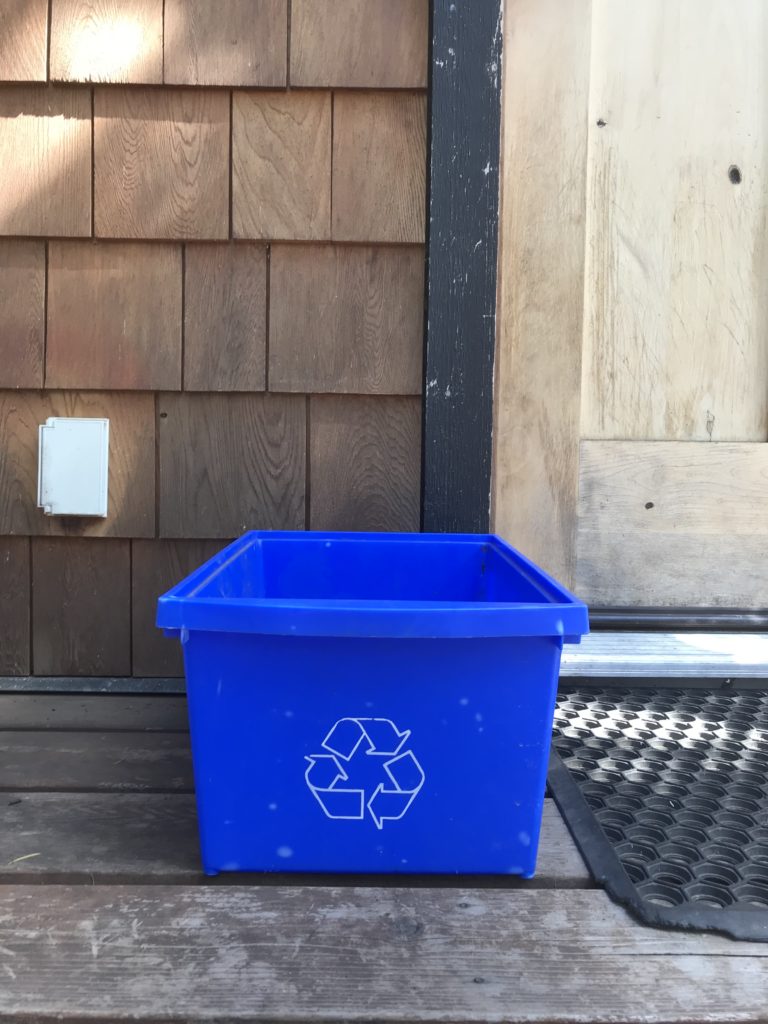

It’s important to note that all waste in Canada is managed locally and is the responsibility of municipal governments. So even if you see the actual recycling symbol, this means that the product is recyclable but not necessarily in your area (I told you it wasn’t easy!). There is no ‘one rule fits all’, you must find out for yourself from your local municipality what you can put in your blue box; or even what can go in the high street recycling bin. Take a second to think about this; Canada has 10 provinces and 3 territories, that’s a lot of different rules throughout the whole country! Make sure you keep up to date with your local recycling regulations. Most municipalities now have informative websites, so if there are any important changes, you’ll be the first to know about it.
Keep this in mind when you’re travelling too, make sure you know the local rules of the next place you visit and don’t be afraid to ask for help. If you’re grabbing some food on the go just ask the vendor how you can dispose of the packaging responsibly. In addition to doing your bit, you’re spreading the word and making vendors aware that consumers want to know this information. Another awesome resource is the local recycling depot, generally on each bin they tell you exactly what can and cannot be recycled. In BC for example, 98.6% of households have access to depots so head on down and find out what you can recycle.
More often than not, people end up putting things in the recycling bin because they think it’s better than putting in the trash, regardless of that area’s recycling capabilities. I get that people are trying to be environmentally conscious and trying to reduce the amount of trash that ends up in our landfill, which is a great mindset to have. Especially with the risk of all that trash working its way into our beloved oceans. However, putting things in the recycling that don’t belong there can be detrimental, it’s classed as contamination and is a major obstacle in the recycling process. Examples of contamination include:
• Mixing non-recyclable materials with recyclable materials
• Containers with food or liquid inside
• Materials tied in a plastic bag
• Hazardous materials
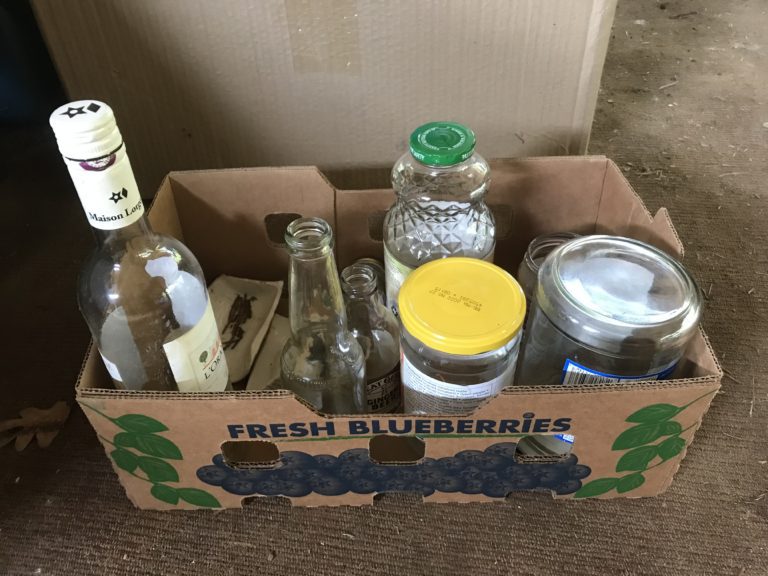

Contamination can have far-reaching, long lasting impacts on our recycling, but before we dive in, let’s just take a quick look at the process itself;
1. Recyclable materials are collected and transported to a recycling facility
2. Materials are sorted; for example, plastics will be sorted into their resin codes
3. Materials are baled together with similar materials
4. The bales are then sold to a buyer who turns the recycled material into new products
Contamination can impact various stages of this process, non-recyclable items can damage and even break equipment, greatly impacting the efficiency in recycling plants. To minimize this risk, people are employed to manually remove these non-recyclable items. The more contaminated items, the harder it will be to remove them all, further hindering the process, costing time and money. Once the items have been sorted and sent to a buyer, if the buyer finds any contamination, such as food waste or a non-recyclable item, the whole bale can be refused. For example when a single PVC bottle is combined with a batch of 100,000 recycled non-chlorinated bottles, the entire batch is contaminated and unusable and so ends up in the landfill. Again, undermining the whole process. What a waste of resources and energy in addition to the fact that we are adding to our landfill problem to one bottle.
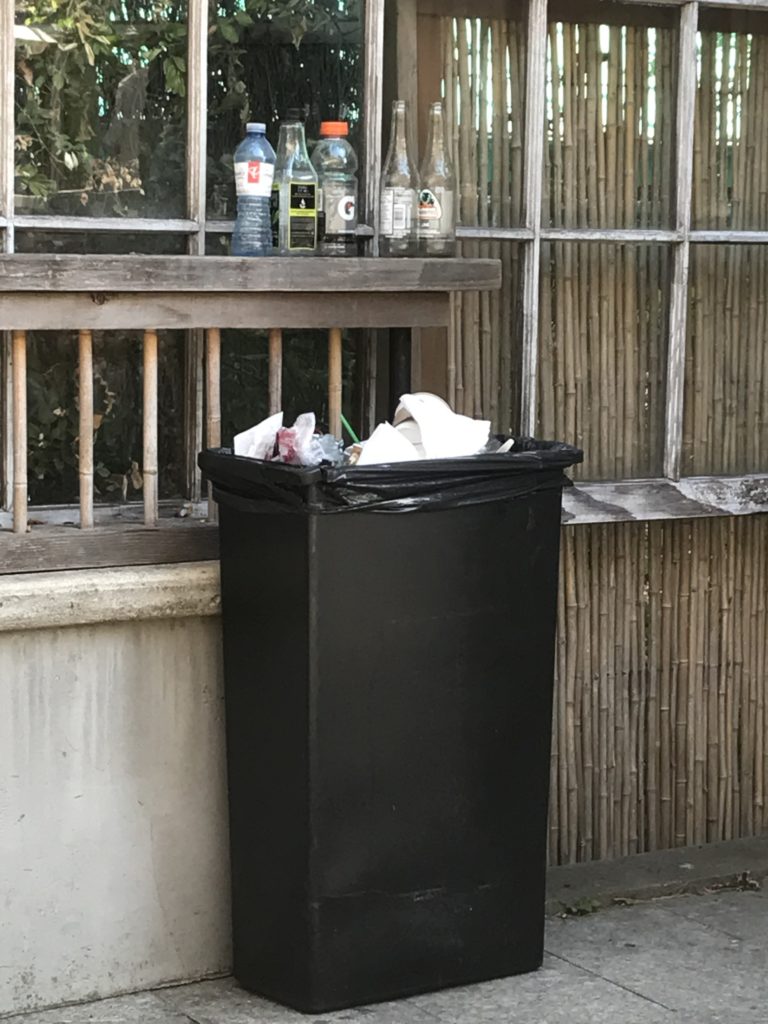

So how can we make sure that what we recycle actually goes to the correct places and not landfill?
1. Know the rules. Keep yourself updated with your local areas policies so you know exactly what can be recycled, and what can’t. There will always be some items that you can’t recycle locally. Consider this the next time you are purchasing an item; can you recycle this? If not, are you prepared to put in the effort to dispose of it responsibly?
2. Don’t be a contaminator. Make sure everything that has come into contact with liquid or food has been cleaned. Some things just need a little rinse, some things might need a bit of a scrub; like peanut butter! And be sure to make sure they are not soaking wet when you put them in the recycling box, the water could be classed as a contaminant!
3. Don’t bag it. Bagging your recyclables is a good way to keep all the same materials together and keep it looking tidy in your house but please don’t put them in the recycling whilst bagged. Usually the material of the bag will be different from the material that you’re recycling. If it’s not the same material then it’s contamination. Keep this bag and reuse it next time instead.
4. Dismantle it. Make sure you are dismantling your products, think lids people! Not all plastics are made equal and often the various components of your products aren’t made from the same plastic, sometimes not even the same material. Glass bottles often come with plastic lids, not even closely related materials. So dismantle it and put the various parts in the appropriate boxes.
Of course the simplest option is to reuse what you already have, minimize your disposable waste and leave recycling and landfill as a last resort. We might feel as individuals that we are only one person trying to tackle this huge problem, but if just one person in each household took responsibility you’ve already got roughly 12 million people on the job. Think how this would look throughout the world. You might just be one person but, at the risk of sounding cliché, we’re all in this together.
